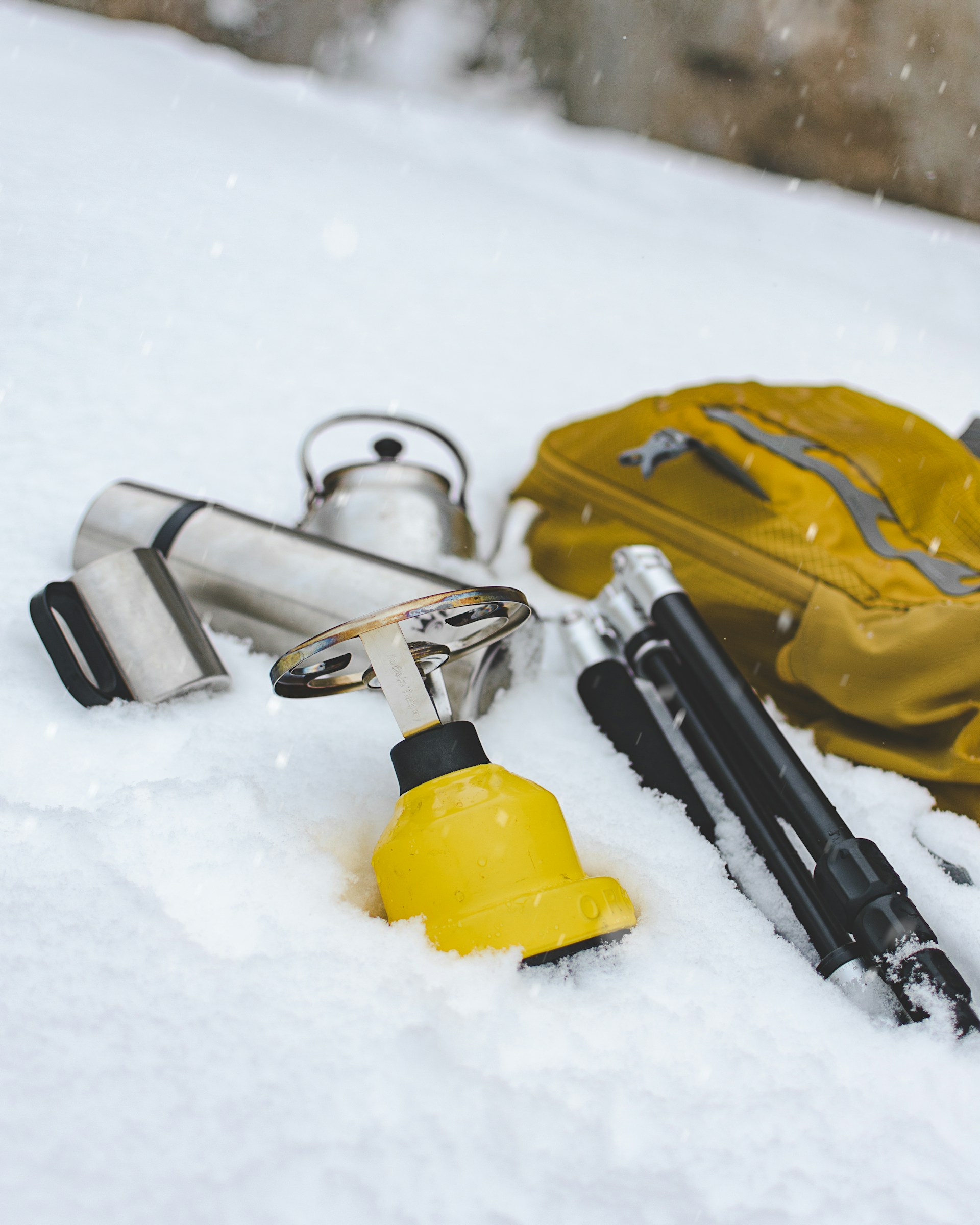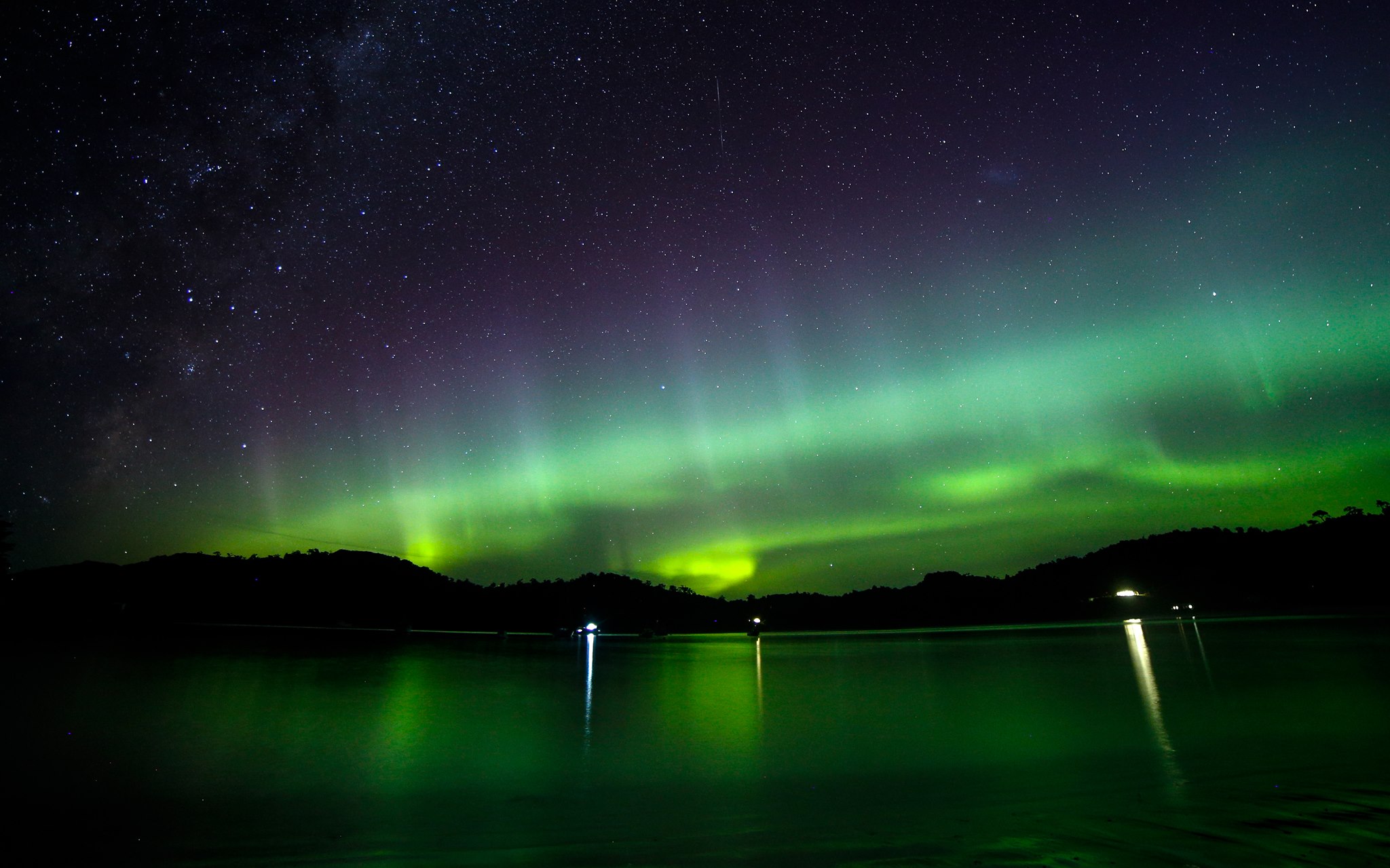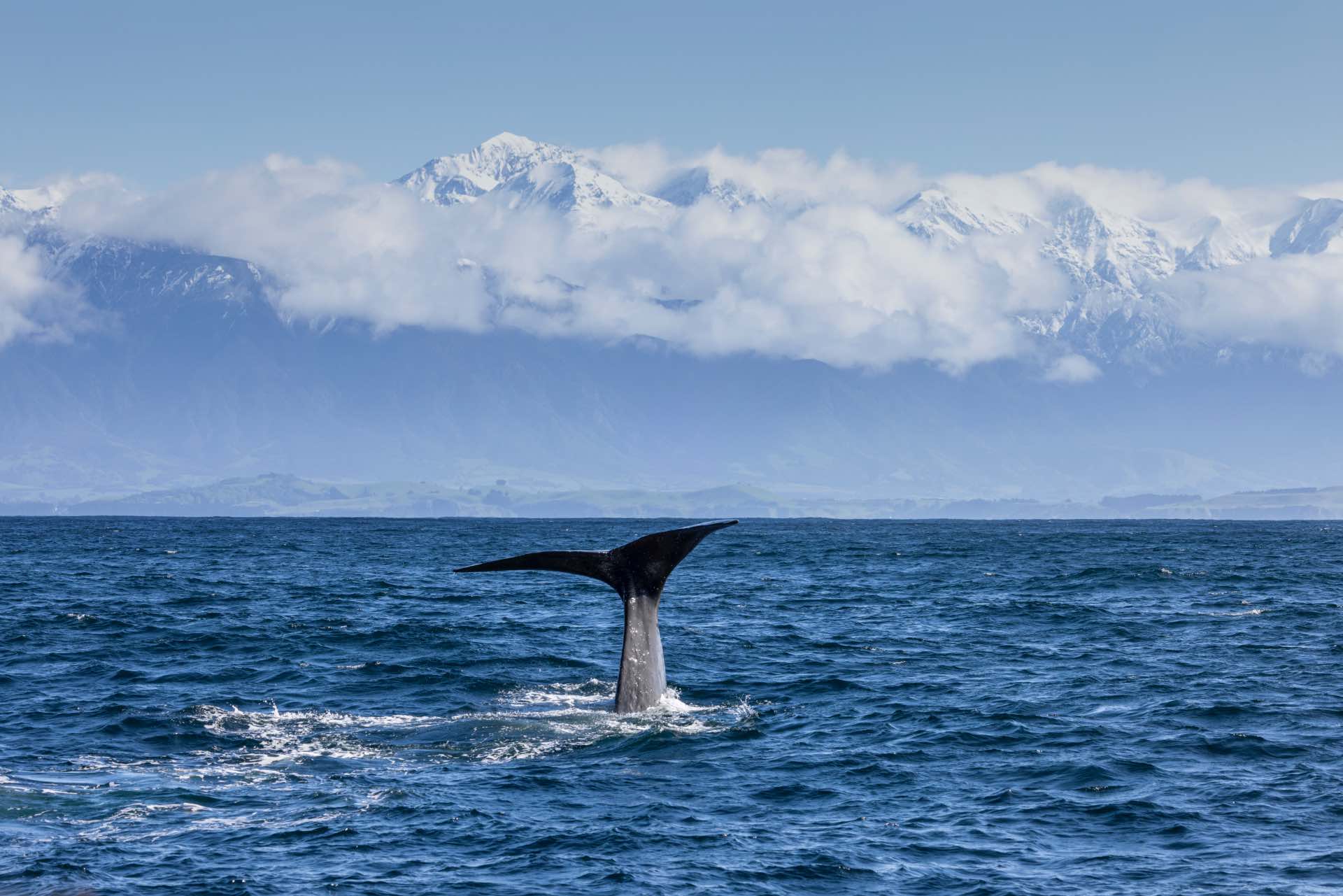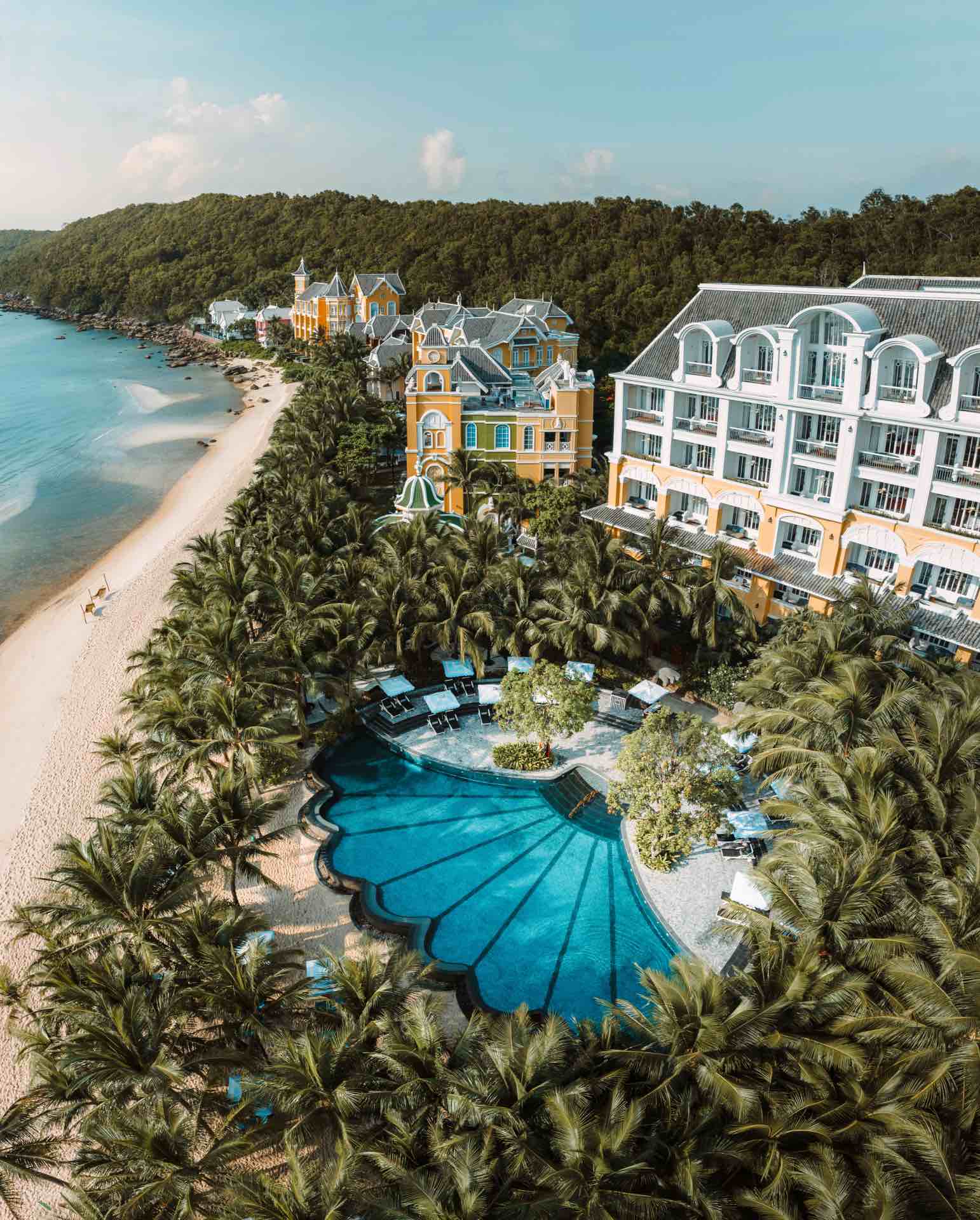
Step out of Singapore’s sweltering heat and into a world where snow-capped peaks and crisp air offer the perfect backdrop for adventure. New Zealand’s winter season offers a cool relief from the humidity during the months of June, July and August. Whether you’re carving through fresh powder or exploring the tranquil scenery, New Zealand’s scenery has something for everyone.
In the North Island, temperatures typically range between 5 to 15 degrees Celsius. Meanwhile, the South Island experiences cooler temperatures ranging from 0 to 10 degrees Celsius.
To gear up for the cooler temperatures and activities available during the season, here’s a list of essentials you should consider packing.

Layered clothing: Since the weather can vary across regions, pack warm, breathable layers such as thermal shirts, sweaters, and insulated jackets. This will help you stay comfortable as you adjust to temperature changes throughout the day.
Outdoor gear: If you’re planning outdoor activities like hiking, pack sturdy, waterproof boots, a durable day backpack, and thermal or fleece-lined clothing for added warmth.
Sun protection: Despite the cooler weather, the sun can still be intense. Be sure to pack sunglasses, sunscreen, and a hat to shield yourself from the UV rays.
Accessories: To equip yourself for the cooler weather, don’t forget to pack winter essentials like gloves, scarfs, and beanies to keep yourself warm.
Rain gear: Winter in New Zealand can sometimes be wet, so include a waterproof jacket and pants to stay dry during rainy days.

If you’re planning a winter road trip or driving up to the ski slopes, take note of these some important points.
Update yourself on weather and road conditions regularly note down any areas expecting heavy snow, rainfall or hail via Metservice, AA Roadwatch and NZ Transport Agency. Remember to get snow chains for your vehicles, and watch out for black ice – a thin sheet of ice on the road, making it extremely hard for drivers to see. Drive slowly and avoid sudden breaking. Finally, plan drives well before dark. The sun sets around 4.30pm to 5pm during winter.

What to see and do
|
For more information, visit www.newzealand.com/sg.





